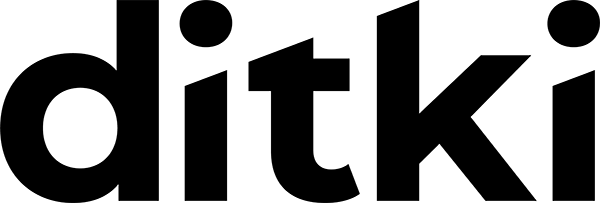
Start your One-Week Free Trial
Already subscribed? Log in »
Abdominal Muscles
Key Point:
- The muscles of the anterior abdominal wall comprise thin sheets that compress and protect the abdominal contents, and, therefore, are involved in a range of actions, including defecation and micturition, parturition, and forceful expiration of air (as in heavy breathing, coughing, or yelling).
External oblique:
- Originates from the external surfaces of ribs 5-12
- Inserts on the ilium (the anterior ½ of the iliac crest and the anterior superior iliac spine), the pubic tubercle, and, via its aponeurosis, the linea alba.
- The inferior border of this aponeurosis forms the inguinal ligament, which is a strong cord of connective tissue to which other muscles attach.
- The fibers of the external oblique extend inferomedially from their posterior origins.
- The external obliques compress the abdomen and flexes and rotates the trunk.
- Originates on the lateral 2/3rds of the inguinal ligament, the iliac crest, and the thoracolumbar fascia.
- It inserts at the linea alba, pubic crest and pectineal line, and external surfaces of ribs 9-12; it gives rise to an aponeurosis, which inserts at the midline.
- Its fibers run superomedially at an oblique angle.
- The internal oblique works with the external oblique to compress the abdomen and flex and rotate the trunk.
Rectus abdominis:
- Originates on the pubic crest and pubic symphysis of the pelvis.
- Inserts into the xiphoid process of the sternum and on the external surfaces of the costal cartilages of ribs 5-7.
- Rectus abdominis depresses the ribs and flexes the trunk.
- Rectus sheath covers anterior and posterior surfaces of rectus abdominis; it is formed by the aponeuroses of the other abdominal muscles.
- Its fibers run vertically in four segments that are separated by horizontal tendinous intersections.
- Originates on the lateral 1/3rd of the inguinal ligament, the iliac crest, the thoracolumbar fascia, and the external surfaces of the costal cartilages of ribs 7-12.
- Inserts along the linea alba, pubic crest, and pectineal line.
- Transversus abdominis compresses the abdomen and depresses the ribs.






